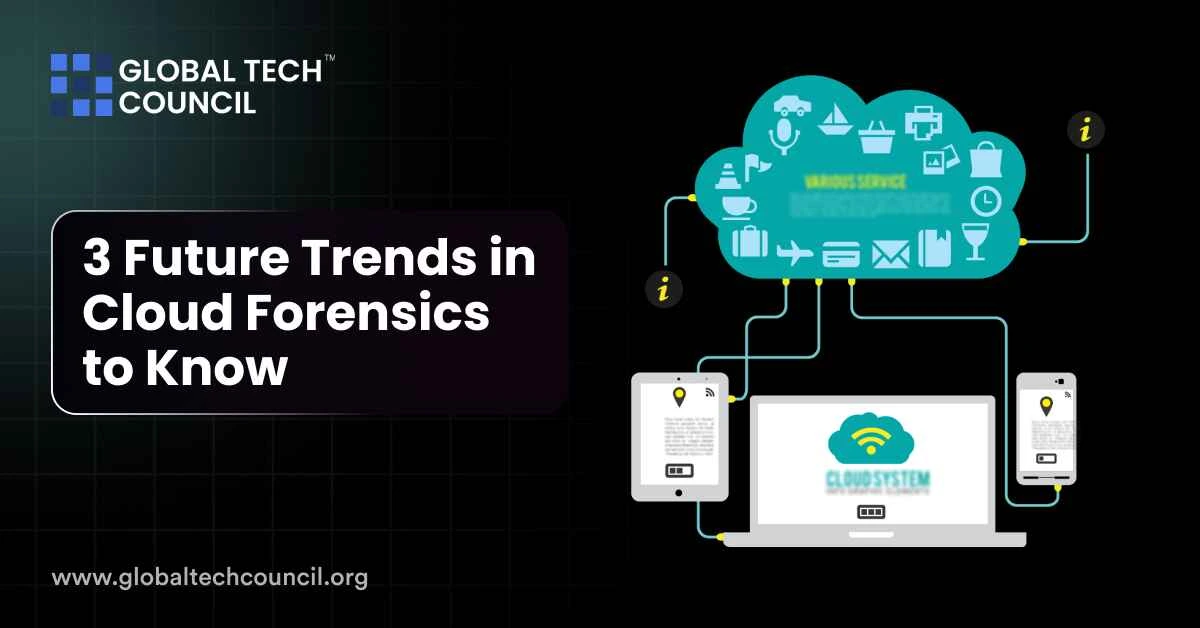
With organizations increasingly shifting to cloud-based environments, cloud forensics has become more vital than before. This involves identifying and analyzing digital evidence from cloud computing platforms following a security breach. Unfortunately, cloud environments’ distributed and virtualized nature presents a challenge for traditional forensic methods.
Unlike on-premise alternatives, where investigators directly access system hardware and networks, cloud forensics requires collaboration with cloud service providers. However, as these environments become increasingly complex, so does the demand for innovative tools and approaches that efficiently manage investigations. Below are key trends that are poised to address these challenges.
1. Automation in Cloud Forensics
Handling forensics investigation manually is challenging due to the increasing complexity of cloud environments. The scale of data coupled with the dynamic nature of these systems makes it challenging to collect and analyze evidence effectively. This is where automation comes into play.
Automation offers advanced solutions that streamline the forensics process. It also improves accuracy and reduces the time required to solve security incidents. Automating cloud forensics essentially means using tools and AI that handle repetitive tasks of the investigation process. Traditional methods rely heavily on human interventions, making them prone to delays and errors.
Conversely, automated tools perform repetitive tasks quickly and consistently across different cloud environments. For instance, they can collect real-time logs and network traffic data from the platforms. This eliminates the risk of data loss and tampering. Automatic data collection ensures that crucial information isn’t left out. It also allows forensic experts to focus on analyzing data instead of wasting time on manual data collection.
2. AI and ML in Analysis
Artificial intelligence and ML have profoundly impacted cloud forensics by automating data processing and enhancing detection abilities. These technologies have significantly improved the accuracy and efficiency of investigations. As mentioned, the volume of data generated from log files and network traffic in cloud environments is enormous. This makes it difficult for human analysts to manually sift through and pick out relevant evidence.
AI-powered systems automatically analyze this information, identifying anomalies and correlating events. AI units learn from large datasets, making it easier to detect patterns that conventional forensic methods can easily miss. For instance, ML algorithms can be trained to recognize unusual behaviors that signal potential threats or compromised accounts. This allows forensic teams to focus on priority events and reduces false positives.
AI and ML are also great in conducting predictive analysis. These models can analyze historical data from previous incidents and predict potential vulnerabilities and attack vectors based on identified patterns. This helps security teams identify the most likely attack paths and implement preventive measures before breaches occur.
3. Privacy-Preserving Forensics
Privacy concerns have always been a challenge in cloud environments. Unfortunately, cloud forensics involves analyzing large amounts of sensitive information, including corporate secrets and personal information. This challenges investigators to conduct thorough investigations without violating individual and company privacy rights.
Privacy-preserving forensics can address this challenge. It introduces techniques that allow investigators to analyze evidence without infringing user privacy. This ensures that these investigations comply with the requirements of GDPR and other data privacy laws.
Endnote
The future of cloud forensics features advanced technological developments. This is backed by AI, automation, and evolving security systems designed to improve forensics. These developments enable forensic capabilities to keep pace and respond promptly and effectively to cyber threats.